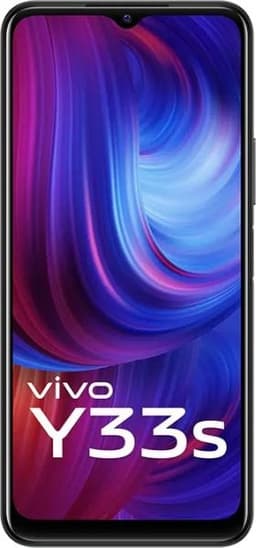- Archive
- vivo Y33s vs Sony Xperia 10 III
vivo Y33svsSony Xperia 10 III
We compare these two popular phones to help you decide which one fits your needs and budget better.

Quick Stats

Quick Stats
Note: Highlighted specifications show differences between the two devices.
| Metric | vivo Y33s | Sony Xperia 10 III |
|---|---|---|
| Connectivity | #706 | #357 Winner |
| Design | #489 | #133 Winner |
| Display | #739 | #684 Winner |
| Performance | #708 | #630 Winner |
| Battery | #794 | #781 Winner |
| Camera | #560 Winner | #623 |
Note: Lower rank number indicates a better position in category.
No significant specification differences found between these devices.
vivo Y33s
Strengths
No specific pros listed for this device
Weaknesses
No specific cons listed for this device
Sony Xperia 10 III
Strengths
Weaknesses
vivo Y33s
The Vivo Y33s is a budget smartphone that competes with devices like the Samsung Galaxy A22, Infinix Note 10, and Redmi 10. It costs 109,000 Naira and offers decent features at its price point. In terms of design, the phone feels light and has a mirror finish on the rear, but it scratches easily. The device also supports reverse charging. The camera setup includes a 50-megapixel primary sensor, a 2-megapixel depth sensor, and a 2-megapixel macro sensor. The primary camera takes good pictures with impressive dynamic range, although portrait mode sometimes suffers from blown highlights. The phone runs Android 11 with Fun Touch OS 11.1, has minimal bloatware, and no ads. However, the device lacks future-proofing with uncertain prospects for Android 12 updates. Battery life is good, lasting a full day on a single charge, and charging time takes around two hours to reach 100%. The phone also supports reverse charging. While gaming performance is average, the device can play demanding titles like PUBG and Call of Duty. The mono speaker sounds decent but lacks stereo sound. Overall, the Vivo Y33s shines with its 50-megapixel main camera, good battery life, and reverse charging feature. However, it falls short in display refresh rate, front camera quality, and mono speaker performance.
Sony Xperia 10 III
The Sony Xperia 10 III is a mid-range smartphone that looks almost identical to its predecessor, the X10 Mark II. The device features a 6-inch OLED screen with a tall 21:9 aspect ratio and a 1080p resolution, protected by Gorilla Glass 6. However, the display's brightness is on the lower side, making it less ideal for use in sunny conditions. The phone has a single front-facing speaker, which, although decent, lacks presence and is best paired with a second speaker for a stereo setup. The audio quality is average, with some noticeable low-end and mids that lack definition. One of the notable upgrades of the Xperia 10 III is its larger battery, which provides excellent battery life, scoring 137 hours in our tests. However, charging speed is slow, taking half an hour to reach just 20% with the provided 7.5W charger. The camera setup on the Xperia 10 III consists of a 12MP main camera, an 8MP ultra-wide lens, and an 8MP telephoto camera. While daytime shots from the main camera are adequate for the class, they often come out underexposed. The ultra-wide lens produces good-quality shots with excellent detail and dynamic range. However, low-light performance is lacking, with shots from the main camera being underexposed and soft. The phone's selfie camera is unremarkable, producing muted colors and limited fine detail. Video recording capabilities are decent, but 4K footage can be soft and has an average dynamic range. Overall, the Sony Xperia 10 III offers a compact and lightweight design with IP-rated water resistance, as well as a versatile camera setup. However, its display is not the brightest, charging speed is slow, and it faces competition from other mid-range smartphones that offer better features at similar prices.
Need help choosing?
Read our detailed reviews to understand which device is better for your specific needs and budget.
Compare other phones
Explore comparisons between any other phones
Choose two different items to see a detailed comparison of their specifications, performance, and features